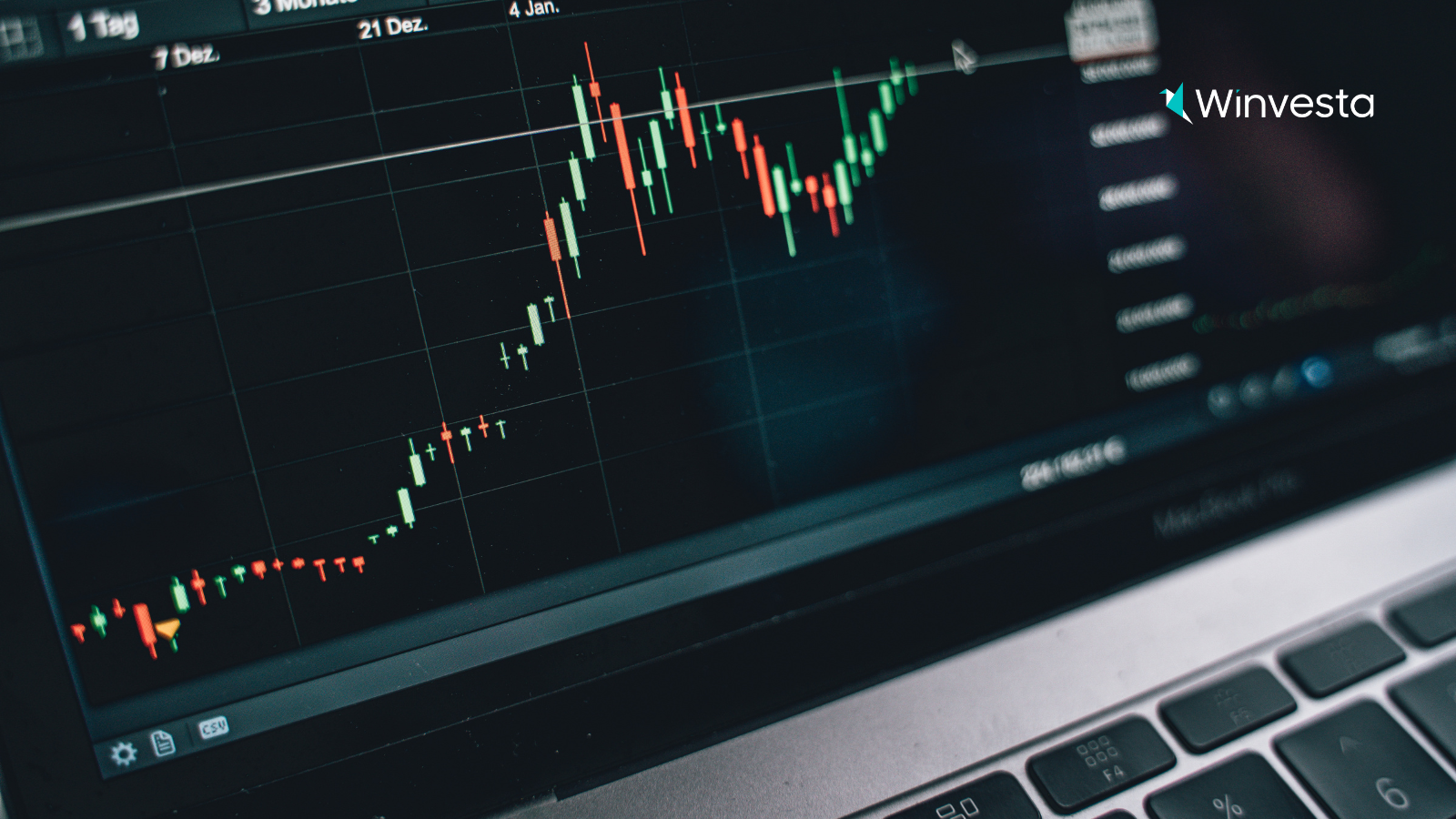Contents
How to hedge currency risk when investing internationally
5 minutes read
21 June 2025

You invest $10,000 in the stock of a Japanese company. The stock price rises 10% in yen terms. You should be celebrating. But when you convert back to dollars, you lose money. The yen weakened against the dollar during your investment period.
This scenario happens more often than you'd think. Currency risk can turn winning investments into losses overnight. However, don't let this deter you from investing internationally. Savvy investors know how to protect themselves.
What is currency risk?
Currency risk happens when exchange rates move against you. It affects any investment you make in a foreign currency.
Think of it like the weather. You can't control it, but you can carry an umbrella. In investing, hedging serves as a protective measure against currency fluctuations.
Here's a simple example: You're an Indian investor buying US stocks. You convert ₹100,000 to $1,200 (assuming 1 USD = ₹83). Your US stock rises 20% to $1,440. However, if the rupee strengthens to ₹80 per dollar, you will receive ₹115,200. That's only a 15.2% gain instead of 20%.
The currency movement ate into your returns.
Why currency hedging matters for your investing portfolio
Currency swings can be massive. The British pound declined by 20% against the US dollar in 2022. The Turkish lira lost 80% of its value in just two years.
These moves can wipe out investment gains completely. Or they can boost returns unexpectedly. The problem? You can't predict which way currencies will move.
Professional hedge fund managers spend millions trying to forecast exchange rates. Most still get it wrong half the time.
For regular investors, currency risk creates unnecessary volatility. You want to profit from good companies and markets, not from lucky currency bets.
Common hedging strategies that work
Currency-hedged ETFs
This is the easiest way to hedge for most investors. Currency-hedged ETFs own foreign stocks but mitigate currency risk through the use of derivatives.
For example, a Europe-hedged ETF provides exposure to European companies without exposure to euro risk. If European stocks rise 10% but the euro falls 5% against your home currency, you still get close to 10% returns.
Popular options include:
- International developed market-hedged ETFs
- Emerging market hedged ETFs
- Single-country hedged ETFs
The downside? Slightly higher fees, and you miss out if the foreign currency strengthens.
Forward contracts
Banks offer forward contracts to lock in exchange rates for future dates. You agree today to exchange currencies at a specific rate on a specific future date.
Say you plan to invest $50,000 in European stocks in three months. You can lock in today's EUR/USD rate with a forward contract. This protects you if the euro strengthens before you make the investment.
Forward contracts work well for planned investments with known amounts and dates.
Currency futures
Similar to forwards but traded on exchanges. Futures offer more flexibility and lower counterparty risk than forwards.
You can buy or sell currency futures to offset your foreign investment exposure. If you own $100,000 worth of Japanese stocks, you could sell yen futures worth $100,000. Currency gains and losses cancel out.
Futures require margin and active management. They're better suited for experienced investors.
Options strategies
Currency options give you the right (but not the obligation) to exchange currencies at specific rates. They cost money upfront but provide insurance against adverse market movements.
A put option on a foreign currency protects against a decline in its value. A call option protects against a decline when you plan to invest in the future.
Options cost more than forwards or futures but offer more flexibility. You can let them expire worthless if the currency moves work in your favour.
Practical hedging approaches for different investor types
%20(67).png?width=1600&height=900&name=Blog%20images%20(2)%20(67).png)
Conservative investors
Stick with currency-hedged ETFs and mutual funds. They're simple, cost-effective, and require no ongoing management.
Look for funds that clearly state their hedging policy. Some hedge 100% of currency exposure. Others hedge partially or opportunistically.
Consider hedging 50-80% of your international exposure. This reduces volatility while allowing some currency upside.
Active traders
Use a mix of hedged funds and individual currency tools. Forward contracts work well for planned investments. Options provide flexibility for uncertain timing.
Monitor your overall currency exposure across all investments. Use investing calculators to track how much of each currency you own.
Rebalance hedges quarterly or when exposure changes significantly.
Long-term investors
Currency risk becomes less significant over extremely long periods. Currencies tend to revert to fair value over decades.
Still, consider partial hedging to reduce portfolio volatility. Even long-term investors benefit from smoother returns.
Focus on low-cost hedging methods, such as hedged exchange-traded funds (ETFs). Avoid expensive or complex strategies that require constant attention.
When to hedge and when not to hedge
Hedge when:
- You can't tolerate additional volatility
- You're investing significant amounts internationally
- Your home currency is historically strong
- You need predictable returns for specific goals
Don't hedge when:
- You're comfortable with currency risk
- Your international investments are less than 20% of your portfolio
- Hedging costs are very high
- You believe the foreign currency will strengthen
Geographic considerations
Investors in countries with volatile currencies often derive greater benefits from international diversification than from hedging. If your home currency is unstable, foreign currency exposure can reduce risk.
US investors have historically benefited less from currency hedging since the dollar tends to strengthen during market stress. This provides natural protection when stock markets fall.
Emerging market investors may want to maintain some exposure to developed market currencies as a hedge against the weakness of their currencies.
Common mistakes to avoid
Over-hedging
Don't hedge more than your actual foreign exposure. This turns hedging into speculation. Monitor your investments closely to avoid this pitfall.
Ignoring costs
Hedging isn't free—factor in fees, bid-ask spreads, and opportunity costs. Sometimes, the cure costs more than the disease.
Set-and-forget hedging
Currency relationships change over time. Review your hedging strategy annually. What made sense last year might not work today.
Hedging everything
Some currency exposure can benefit your portfolio. Complete hedging eliminates both risk and potential returns associated with currency movements.
Using complex strategies
Stick to strategies you understand. Exotic currency derivatives can create more problems than they solve for most investors.

Ready to own a piece of the world’s biggest brands?
- Invest in 4,000+ US stocks & ETFs
- Fractional investing
- Zero account opening fees
- Secure and seamless
Start investing in just 2 minutes!

Build your global portfolio.
.png)
Invest in companies you love, like Apple and Tesla.

Track, manage, and grow your investments.
Building your currency hedge strategy
Start by calculating your current foreign currency exposure. Include international stocks, bonds, commodities, and real estate investments.
Determine how much currency risk you are willing to accept. Consider your risk tolerance, investment timeline, and overall portfolio goals.
Select suitable hedging tools that align with your investment approach and level of expertise. Start simple and add complexity only if needed.
Implement hedges gradually. You don't need to hedge everything at once. Start with your most prominent international positions.
Monitor and adjust regularly. Currency hedging requires more attention than buy-and-hold investing strategies.
The bottom line on currency hedging
Currency risk is real and can significantly impact your investment returns. But it's manageable with the right approach.
Most investors benefit from some form of currency hedging, especially in prominent international positions. The key is finding the right balance between protection and cost.
Start with simple, low-cost hedged ETFs for your core international exposure. Add more sophisticated hedging tools as your knowledge and portfolio size grow.
Remember, perfect hedging is impossible and unnecessary. Your goal is to reduce unwanted volatility, not eliminate all currency risk.
Currency movements will always create winners and losers. Smart hedging helps ensure you win based on your investment skills rather than relying on luck with the currency.
Take control of your international investing portfolio today. Review your currency exposure and consider whether hedging is a suitable option for your situation. Your future returns may depend on the decisions you make now.
Frequently asked questions about hedging currency risk?

You can hedge currency risk using tools like forward contracts, options, currency swaps, and ETFs, which lock in exchange rates or provide compensation if rates move against you.

Contributed by Denila Lobo
Denila is a content writer at Winvesta. She crafts clear, concise content on international payments, helping freelancers and businesses easily navigate global financial solutions.



